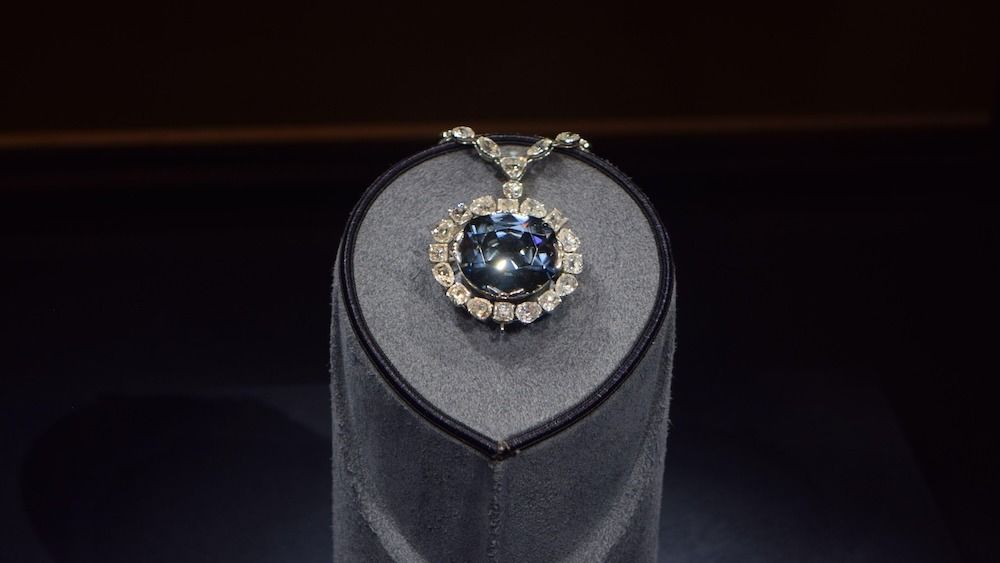The Hope Diamond is a 45.52-carat brilliant blue diamond that was once believed to have originated from the Kollur Mine in Guntur, India. However, new evidence suggests that it, along with other Golconda diamonds, may have actually come from the Wajrakarur kimberlite field in Andhra Pradesh, located about 186 miles away from the mining location.
The diamond has an estimated value of more than $250 million and has been owned by many prominent individuals throughout history. It was discovered in the 17th century and has since changed hands multiple times. The diamond was first purchased by French gem merchant Jean-Baptiste Tavernier before being sold to royalty and jeweler Harry Winston. Winston later donated the diamond to the Smithsonian Institution in Washington, D.C., where it is currently housed at the National Museum of Natural History.
Despite its impressive history and value, the Hope Diamond is also surrounded by myths and legends. It is said to be cursed and has caused misfortune for those who possess it. Some of its supposed victims include Louis XIV and Marie Antoinette, among others. Despite these stories, however, the diamond continues to captivate people worldwide with its beauty and mystery.
Visitors to the Smithsonian can see the Hope Diamond on display as a pendant ringed by 16 white diamonds on a chain adorned with 45 white diamonds. While its resemblance to the fictional Heart of the Ocean diamond from Titanic may draw comparisons between them, there are few similarities beyond their impressive size and sparkle.
Overall, the Hope Diamond’s unique history and stunning beauty continue to fascinate people all over the world today. From its origins in India to its current home at Smithsonian’s National Museum of Natural History, this priceless gemstone remains a true treasure for generations to come.



